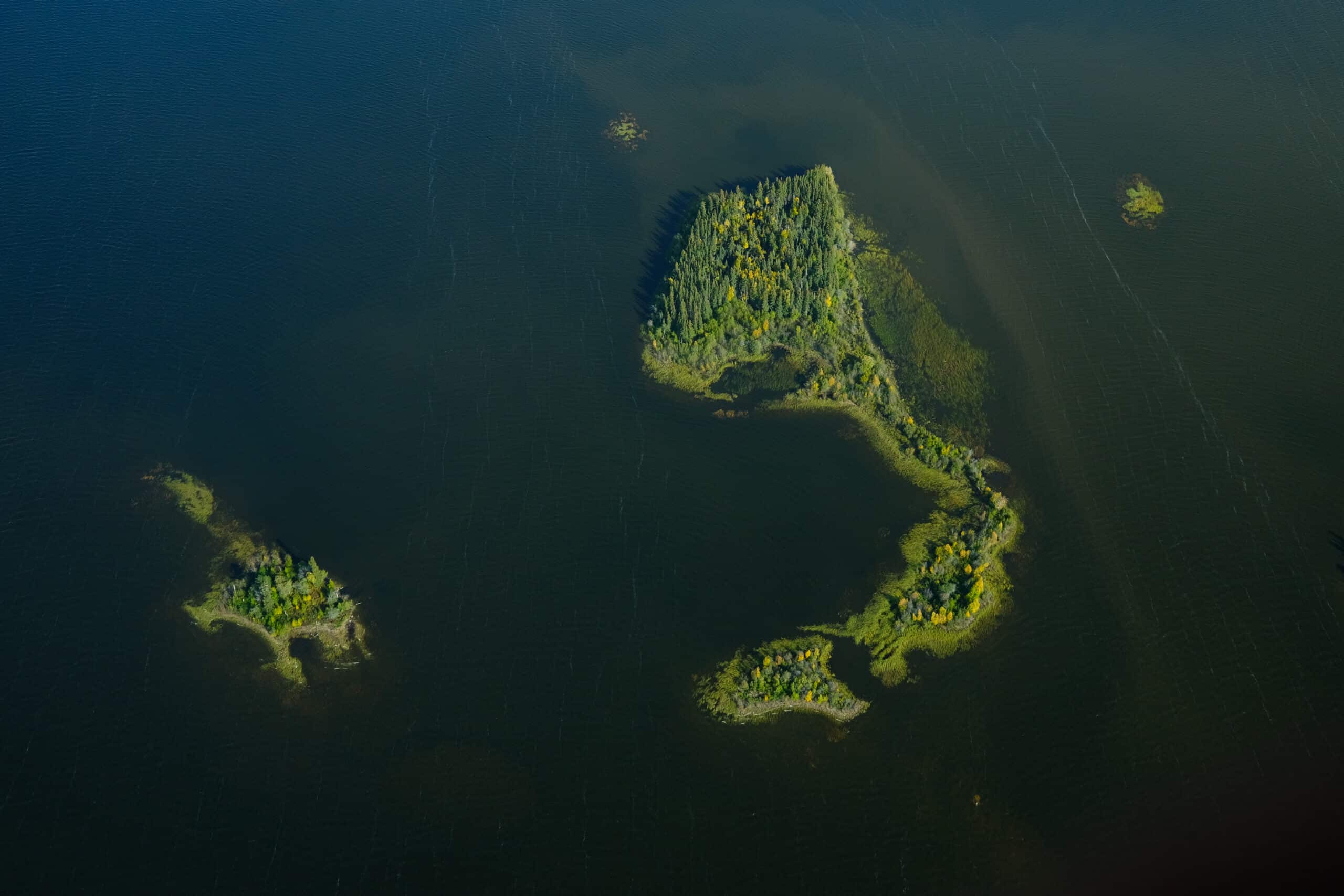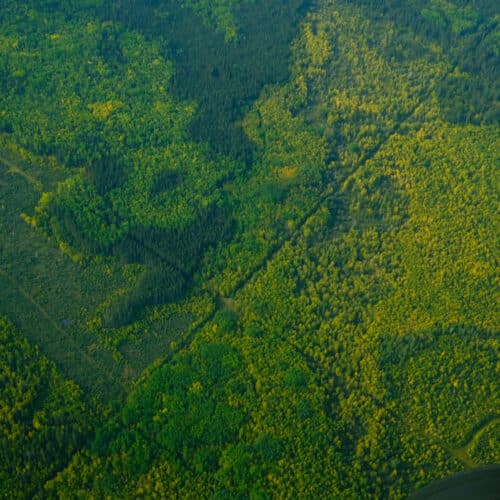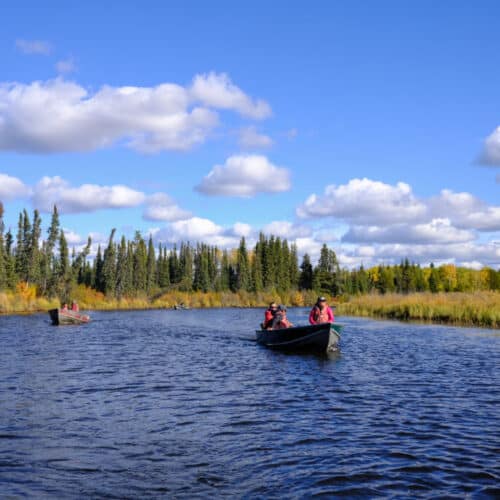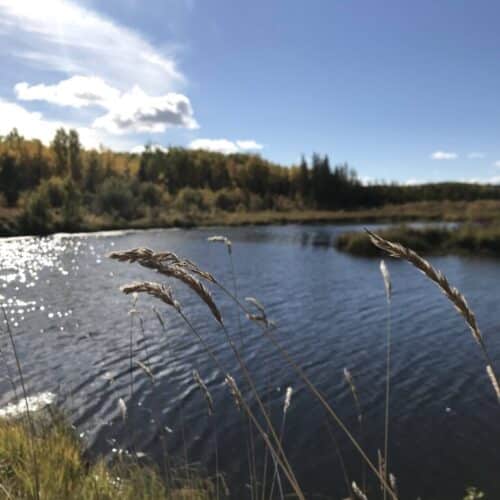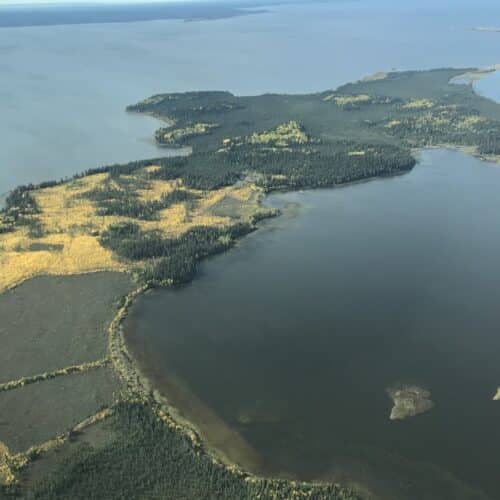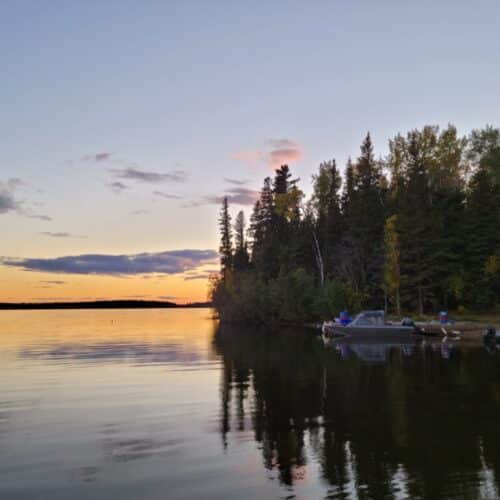What is an IPCA?
Indigenous Protected and Conserved Areas, or “IPCAs”, are on the rise across the world and the country, as more and more are established, and many more Indigenous communities explore their potential.
IPCAs are common in many parts of the world and can fall under various names. “IPCA” is still a relatively new term in Canada, though the concept has been in action here for decades. In 2018, the Indigenous Circle of Experts (ICE) published a report on how Canada could reach the international goal of the protection of 17% lands and waters by 2020 through the creation of Indigenous Protected and Conserved Areas (IPCAs). The report laid out proposed terms and definitions for a spectrum of IPCAs, along with defining principles, characteristics, and elements.
IPCAs are defined as “lands and waters where Indigenous governments have the primary role in protecting and conserving ecosystems through Indigenous laws, governance and knowledge systems,” (ICE Report, 2018).
Learn More
Support IPCAs and their potential
Join our mailing list to learn about Indigenous-led conservation and its potential for cultural and ecological preservation in Alberta.
Elements of IPCAs
Indigenous-led
- Indigenous governments have the main role in determining goals, management plans, and governance structures of the protected area.
- Other organizations (i.e., federal governments, provincial governments, ENGOs, etc.) may have a secondary role in management.
Long-term Commitment to Conservation
Indigenous Peoples often govern with a multi-generational lens, conserving lands for future generations. This is a framework that has kept ecosystems and communities thriving since time immemorial.Elevate Indigenous rights and responsibilities
Some examples of rights and responsibilities include: the right to harvest, land-based practices, and the responsibility to care for and respect the lands and waters, in some cases through a formal co-management structure.IPCAs are different than typical protected areas because they prioritize Indigenous leadership and are centered around Indigenous cultural values like language, Traditional Knowledge, Indigenous laws, customary laws, and other knowledge systems. IPCAs acknowledge that many of Canada’s natural spaces are not ‘untouched,’ but are cultural landscapes providing opportunities for connection to the land and land-based learning.
IPCAS FACILITATE
Biodiversity & Conservation Goals
Species, wildlife, and natural habitats are declining at an alarming rate across the world, with climate change accelerating the devastating impacts of biodiversity loss. Canada is not immune to these impacts, with more than 600 species listed as ‘at risk’ in the country and 69% of wildlife populations in steep decline.
Habitat loss is one of the main causes of population decline and ultimately biodiversity loss, which means that urgently protecting land and water is critical – we need to ensure the places wildlife live are not destroyed. In 2015, Canada committed to meet global land protection targets, with its most recent ambitious commitment to protect at least 30% of Canada’s land and oceans by 2030.
While this is a target committed to by the federal government, this is an issue that matters to Albertans, too. Recent polling has shown that 95% of Albertans are concerned about loss of species and the global biodiversity crisis; and 85% of Albertans are in favour of Alberta supporting Canada’s international commitment of 30% of protected land by 2030.
Critical Steps
Protection & Biodiversity Targets
Indigenous Guardians Programs
Shared responsibilities and management will help fill in the gaps where federal, provincial, and territorial governments do not have capacity to monitor or manage areas, particularly in remote locations, through tools like Indigenous Guardians Programs.Traditional Knowledge
Traditional Knowledge, passed on for generations over millennia, provides deep insight on how to best manage lands and waters, and support biodiversity;Maintenance of Biodiversity Hotspots
Locations that have historically been rich in biodiversity are often of high cultural and historical importance to Indigenous communities. Many generations of Indigenous practices have often supported the maintenance of this rich biodiversity, having been influenced by Indigenous practices for many generations.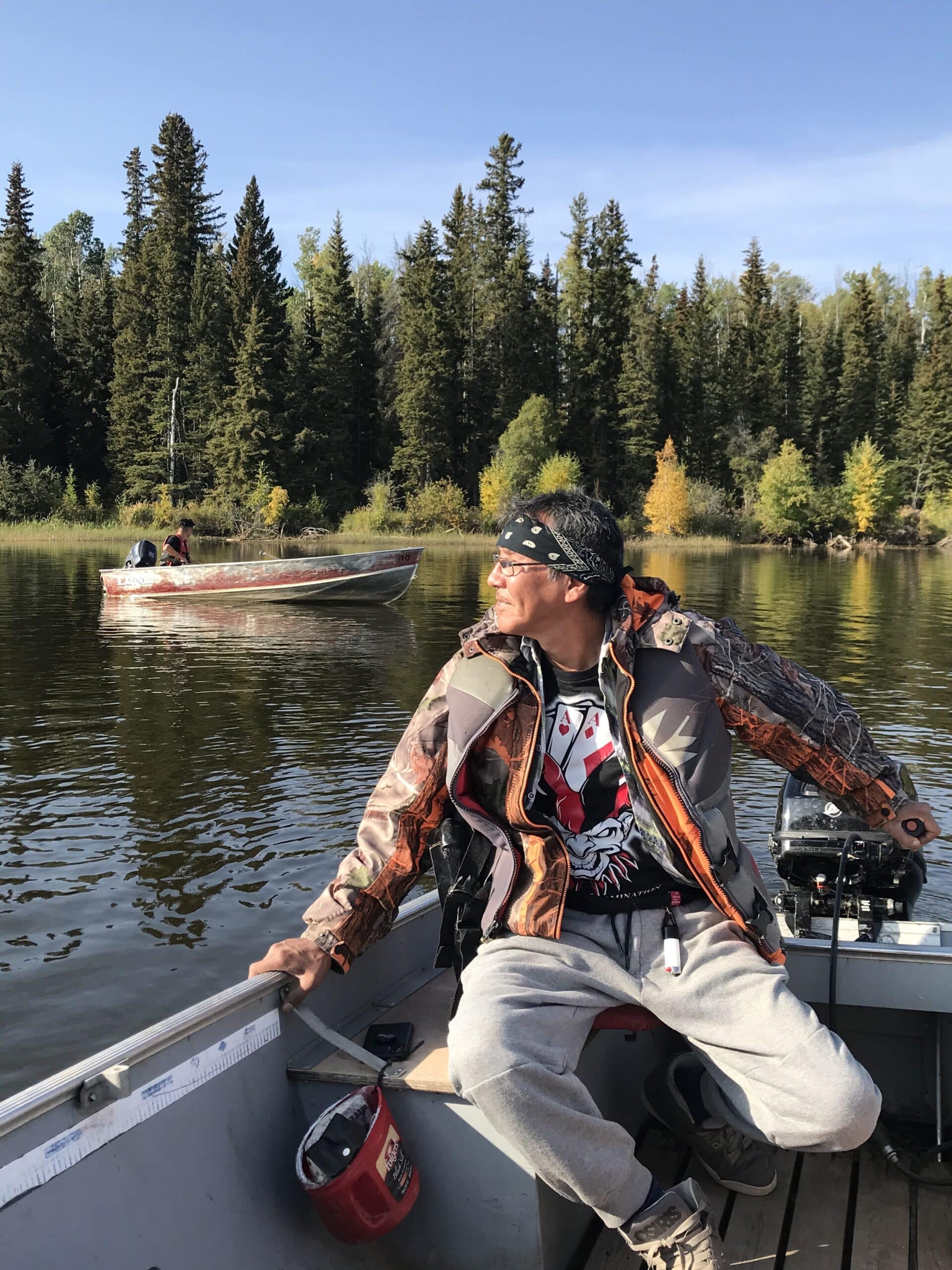
IPCAs are an act of reconciliation
Meeting conservation goals through IPCAs is a co-benefit to the fundamental principle of recognizing Indigenous communities as authorities on their traditional territories. IPCAs elevate the role of Indigenous communities in land use management, resource management, and conservation. By respecting and upholding the rights of Indigenous Peoples to be primary decision-makers on their lands, IPCAs are an act of reconciliation.
It is important to recognize that IPCAs present an opportunity to reframe and decolonize our current relationship with parks and protected areas. IPCAs recognize the colonial, and often violent, history of the establishment of parks and protected areas – many of which were created based on the dispossession of Indigenous peoples from their homes and prohibiting their use or access to the land. IPCAs are a step forward in repairing some of the harm that parks and protected areas have perpetuated on generations of Indigenous peoples.
IPCAs encourage us to re-think our concept of “wilderness”: vast expanses of landscape and ecosystems are not absent of use by people or devoid of human influence. In many cases, the traditional territories of Indigenous peoples were defined by the rich biodiversity of those landscapes.
The connections of Indigenous communities to the landscapes they rely upon and steward has resulted in many Indigenous cultures with values and laws that emphasize responsibility and respect for the land and its inhabitants. There is a reciprocal relationship between the benefits of biodiversity and the people that care for nature.
IPCAs tie together multiple ways of knowing to protect biodiversity
IPCAs provide opportunity to weave Indigenous ways of knowing into western science methods or colonial management systems such as land use management, monitoring, and research methods. This speaks to the concept of Two-Eyed Seeing: incorporating both Indigenous Traditional Knowledge and Western science into conservation with equal weight.
The management of most established protected areas in Canada is primarily based on Western science. This means we’re only seeing half the picture! Protecting biodiversity is an economic, social, and cultural issue and looking at it from only one perspective is insufficient.
Traditional Knowledge refers to knowledge systems, creations, innovations, and cultural expressions – defined by those that practice and are guided by them – that are passed down from generation to generation through means such as culture, language, and ceremony (ICE report). As it is passed down, it changes over time reflecting changes in the natural world. This unique perspective is invaluable and must be protected through language and ceremony, which is the core of an IPCA.
How are IPCAs created?
In CPAWS polling, 50% of Albertans said they support Indigenous Protected and Conserved Areas (IPCAs) as a means of conserving ecosystems in the province. While still a large proportion of the population, it is lower than the support shown for conservation in general. This could be due to the concept being fairly new in public conversations in Canada. Thirty-three percent of those polled chose a “neutral” or “don’t know” response when asked to rate their level of support for IPCAs as a means of conserving ecosystems in Alberta. Whereas only 17% were in opposition. This indicates a need for more information and awareness on IPCAs and the benefits they could offer our ecosystems and all Albertans.
Here, we have put together a set of answers to frequently asked questions that we hear when discussing IPCAs.
How are IPCAs created? What legal designation is needed?
IPCAs are first and foremost led by Indigenous communities. This means Indigenous communities lead in every aspect of the protected area: from proposed identification to core values, from management planning to monitoring and enforcement, and even governance to determine sharing of power.
There is no distinct template for what an IPCA should look like, how it should function, how large it should be, or how it will be managed. Each IPCA considers the objectives and intentions of the Indigenous community, and so IPCAs are best understood by their three distinct core elements, listed above.
There are currently 55 different types of legislation in Canada for creating protected areas, but no distinct national legislation for the creation of protected areas by Indigenous People. While this means that creating an IPCA is not straightforward, it reflects the flexible and open-ended nature of IPCAs.
It means there are many routes communities can take to meet their needs and desires for an IPCA. There does not need to be a legislative designation called an “IPCA” for an area to meet the criteria of an IPCA. A community could choose any designation that currently exists under Crown legislation that meets their conservation and cultural goals. (See the section below titled “Are there IPCAs in Alberta” to get to know some of the legal options in Alberta.)
IPCA Management
IPCAs can involve co-management with various agencies including the provincial, territorial and/or federal governments. Though IPCAs are a relatively new designation name, co-managed protected areas have existed for decades in various forms in Canada and internationally. Co-management, or cooperative management, generally refers to the sharing of power and responsibility for protected area planning and management between government and local users.
For example, in Alberta, there are some examples of cooperative management of conservation activities with Indigenous communities, such as: the cooperative management of five Wildland Provincial Parks in the Lower Athabasca region with Indigenous communities (Kazan Wildland Provincial Park, Richardson Wildland Provincial Park, Birch River Wildland Provincial Park, Birch Mountains Wildland Provincial Park and Dillon Wildland Provincial Park); and the cooperative management of the Ronald Lake Wood Bison herd.
However, we mention these examples with some caution. These examples are still in their early stages of drafting and implementation. In the case of the five Wildland Provincial Parks in the Lower Athabasca region, these were first announced in 2012 and yet, over a decade later, there is no operational cooperative management board. While they offer recognition from Alberta of stronger involvement with Indigenous communities in managing conservation activities, they are slow moving and have not yet proven effective.
CPAWS NAB does not view cooperative management, or collaborative management, as the end goal. We continue to push for true co-management with Indigenous communities, where communities have expressed interest. Co-management is an equitable sharing of power and decision-making responsibility. Although cooperative management reflects a collaborative spirit, the Crown government retains primary authority and “final say” in decisions, and in practice remains more consultative than truly cooperative.
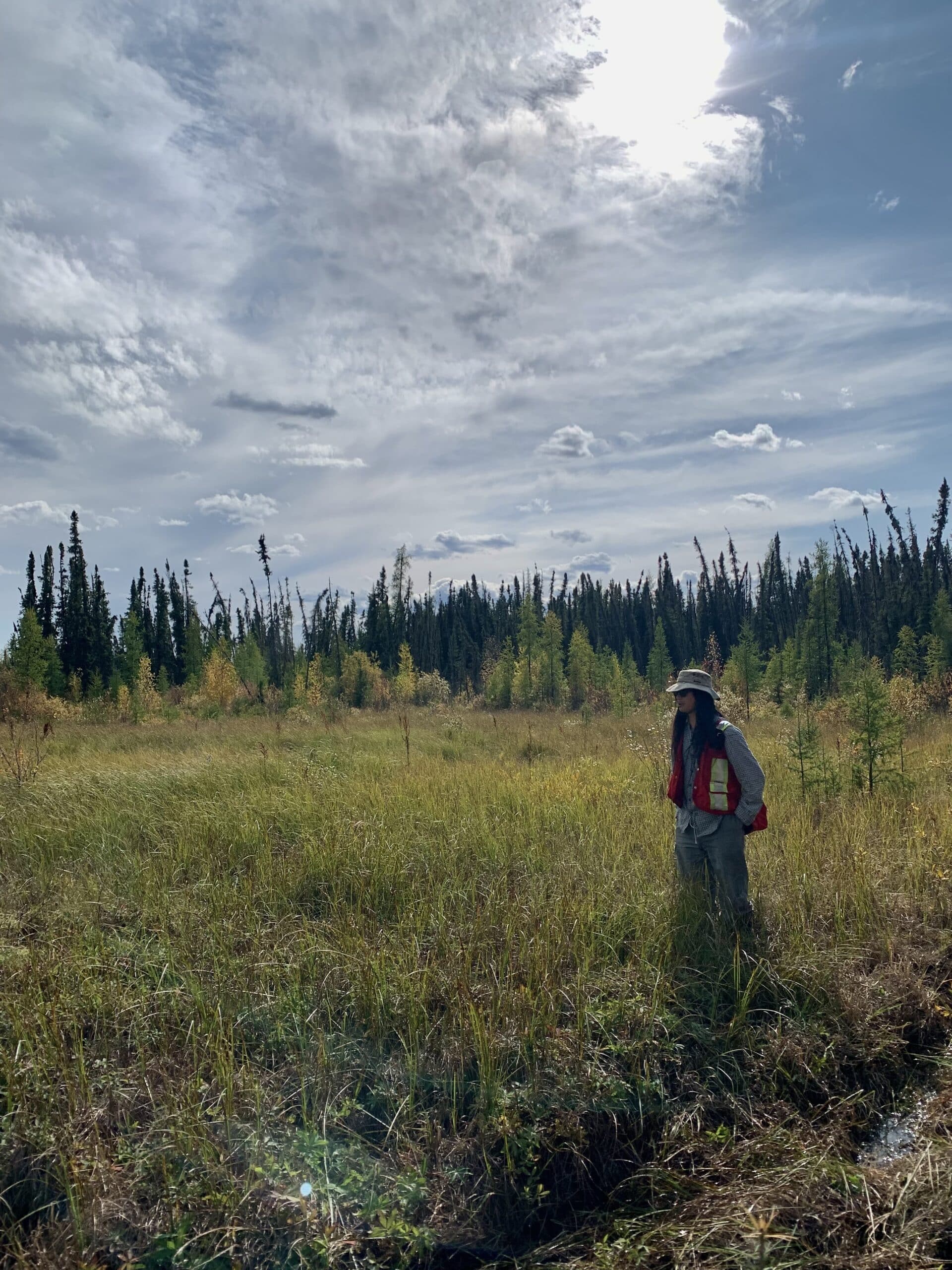
Are there IPCAs in Alberta?
Currently, there are no IPCAs in the province of Alberta but that does not mean there is an absence of Indigenous-led conservation initiatives in the province. Approaches to establish IPCAs are diverse and depend on the priorities and visions of the Indigenous Nation which may or may not include formal recognition of Crown law. IPCAs are Indigenous-led and the Nation may choose self-declaration as a route to establish an IPCA.
However, if an IPCA is not recognized by provincial or federal law then there is a risk that it will not have protection under the Canadian legal system. This is an unfortunate reality of the current colonial system we live within. Some Nations may choose to work within provincial and federal law systems to eliminate the risk of unwanted resource development.
Nations may choose to work within provincial and federal laws and the protected area designations existing within those frameworks. However, these designations can be limiting to Indigenous communities.
Under the Alberta parks legislations (Provincial Parks Act; Wilderness Areas, Ecological Reserves, Natural Areas and Heritage Rangeland Act; Willmore Wilderness Park Act), there are seven different classifications in the Parks system: Wilderness Areas, Ecological Reserves, Wildland Provincial Parks, Heritage Rangelands, Provincial Parks, Provincial Recreation Areas, or Natural Areas. Depending on the interests of the Indigenous community, some of the designations may be more relevant than others. For example, Wildland Provincial Parks could meet the principles of an IPCA since they allow for hunting and fishing and have relatively little infrastructure and no industrial development. The designation of a Wildland Provincial Park that was led by an Indigenous community would simply need to be co-managed with the Indigenous community(ies) to meet the criteria of an IPCA. Other land management tools that might apply are: conservation easements, conservation directives, or lands considered to be OECMs (Other Effective Conservation Measures).
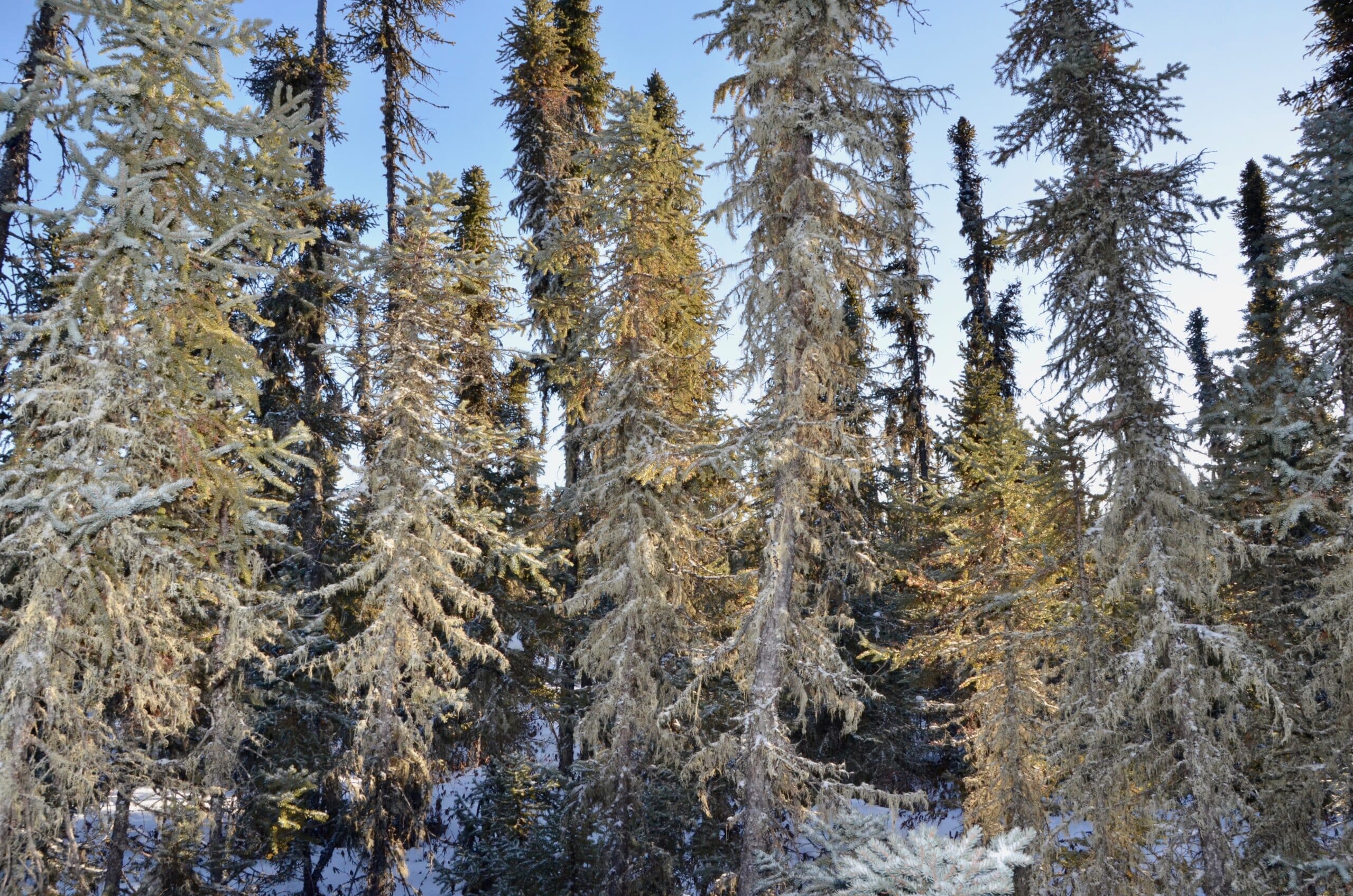
While Alberta still explores opportunities to support IPCAs, the provincial government has shown some progress in management actions that are getting closer to reflecting the three principles of an IPCA. One example of this is the Kitaskino Nuwenëné Wildland Park, located along the southern border of Wood Buffalo National Park. Kitaskino was co-developed with the Mikisew Cree First Nation, and since its initial establishment in 2019, it has already expanded (2022). The area now covers 161,880 hectares! The area protects woodland caribou and wood bison habitat, enhances ecological integrity in the region by connecting with adjacent protected areas, creates backcountry recreation opportunities, and supports Indigenous peoples’ traditional activities, including the exercise of treaty rights. Learn more here.
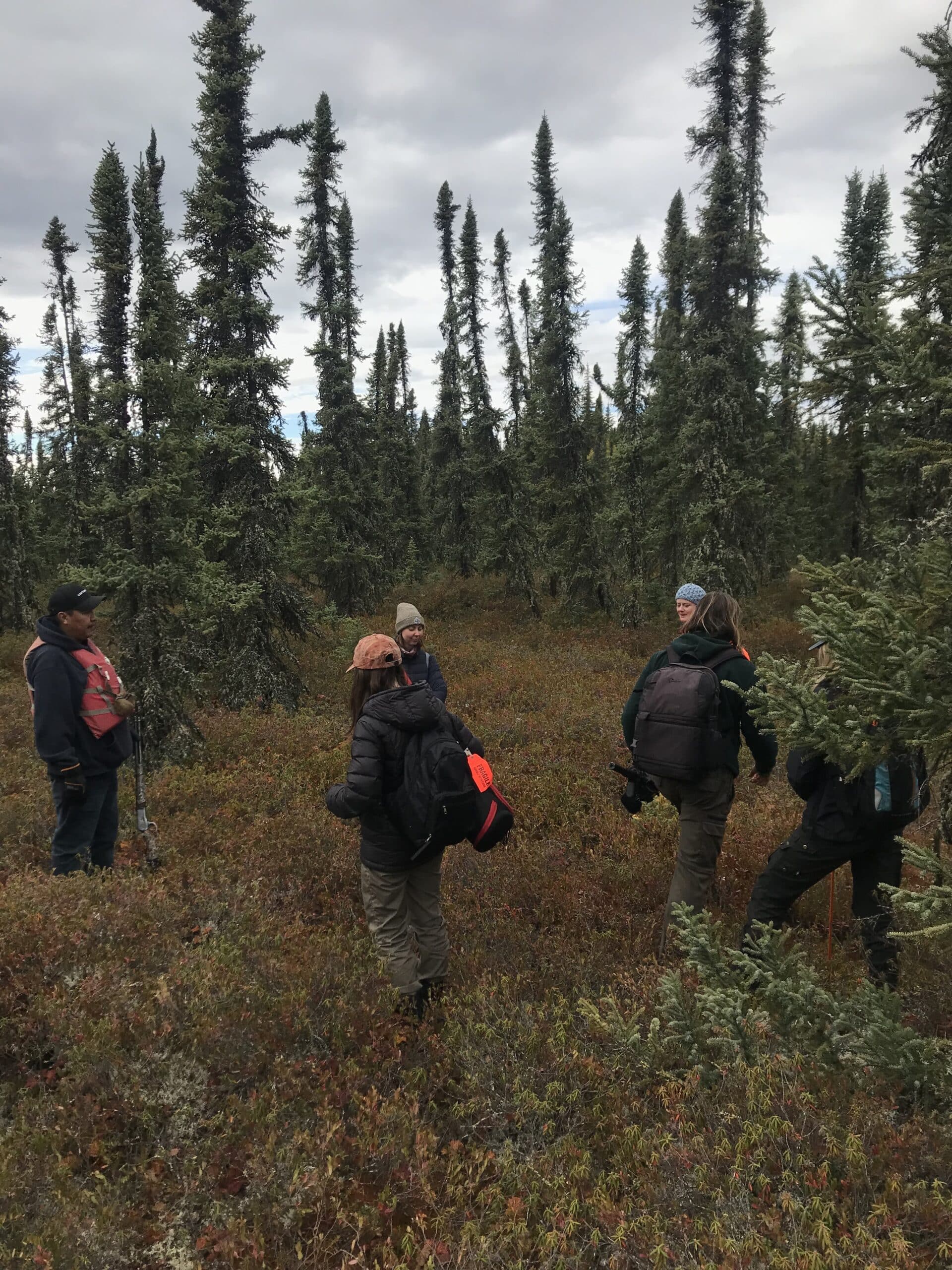
Another management action reflecting the principles of Indigenous leadership in land use planning is the Moose Lake Access Management Plan. The plan focuses on a 10-kilometre buffer zone around Moose Lake, a culturally important area for the Fort McKay First Nation, and an area around 100-km northwest of Fort McMurray. It was created to protect the ecological integrity and biodiversity of the area, while supporting and exercising the Section 35 Treaty Rights of traditional land use and cultural practices of the Fort McKay First Nation, Fort McKay Métis, and other Indigenous peoples. It includes actions for land and footprint management, air and water quality, wetland health, as well as fish and wildlife management, including a clearly defined limit for industrial development in the Moose Lake zone. Learn more here.
IPCAs can also be designated on federal lands, applying principles of Indigenous leadership in land-use plans to National Parks, National Wildlife Areas or National Park Reserves, as seen in the Northwest Territories with Edéhzhíe (co-designated as the Edéhzhíe National Wildlife Area and Dehcho Protected Area) and Thaidene Nëné (designated under Dene Law in 2019, with portions of the IPCA proceeding to be designated a National Park Reserve (NPR), a Territorial protected area (TPA), and a Wildlife Conservation Area (WCA).
Indigenous Protected Areas are in the future for the province of Alberta. Here are just a few known proposed and potential IPCAs in Alberta to keep an eye out for:
M’behcho IPCA, Dene Tha’ First Nation
- Located in the northwest corner of Alberta, the Dene Tha’ First Nation hopes to achieve the protection and long-term management of the Bistcho Lake (M’behcho) region to create social and ecological resilience, while providing a refuge for future generations of people and wildlife.
- The protection goals are to: conserve critical habitat for woodland caribou and other species at risk; Indigenous values through co-management with Dene Tha’ First Nation; unique sacred places, cultural areas, traplines and traditional harvesting areas, and areas of high concentrations of soil carbon; provide food security; protect areas from future disturbance and restore habitat to conserve biodiversity; and complement the Nation’s current Guardians Program.
K’ihtsaa?dze Tribal Park, Doig River First Nation
- K’ih tsaa?dze Tribal Park is an area proposed by the Doig River First Nation, covering almost 96,000 hectares on the border of British Columbia and Alberta. Since 2011, Doig River First Nation has committed to protecting the area from oil and gas and forestry activities, while maintaining Doig River traditional and contemporary cultural uses, and restoring and maintaining ecological integrity and biodiversity.
- K’ih Tsaa?dze will be managed under an ecosystem-based conservation plan (EBCP), prepared by Doig River First Nation, and endorsed by the Provinces of BC and Alberta.
- The Alberta portion is not yet recognized by the Government of Alberta, but DRFN continues to pursue provincial protected area status and are open to co-management and tourism, as long as it is compatible with traditional use.
Learn More
Support IPCAs and their potential
Join our mailing list to learn about Indigenous-led conservation and its potential for cultural and ecological preservation in Alberta.
Make a donation
Move conservation forward in Alberta.
Lasting protection for nature and wildlife in Alberta doesn’t happen overnight (although we wish it did)! Your donation fuels our fight for nature. Donate to support CPAWS Northern Alberta’s conservation efforts.

